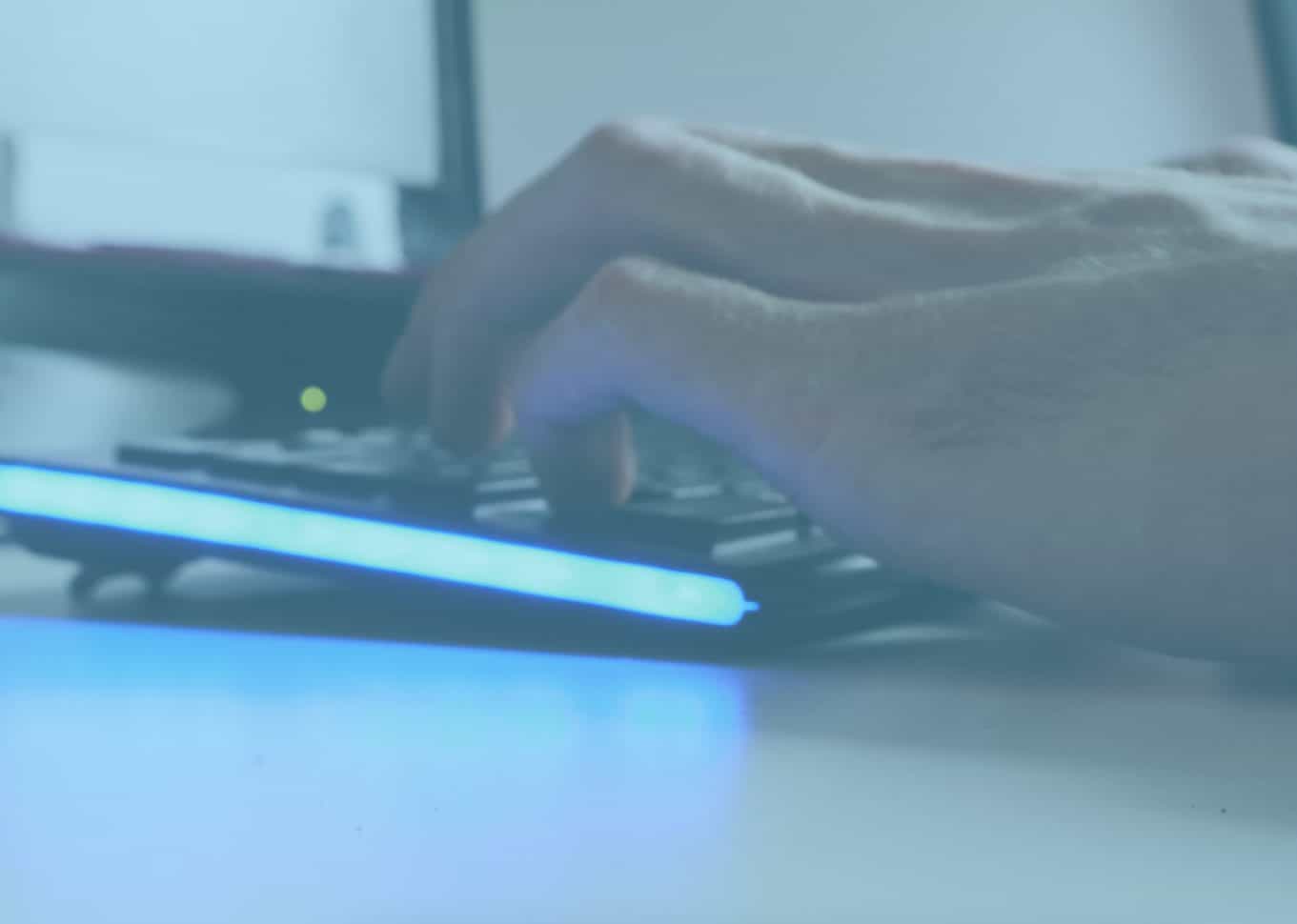
Security Announcements
Salt security advisory release - 2022-MAR-28
The Salt Project released a security update to Salt to address 4 vulnerabilities with a severity rating of Medium to High. We strongly recommend prioritizing this update. This is a security advisory release.
ATTENTION! Some critical vulnerabilities have been discovered in Salt versions 3004 and earlier
Some critical vulnerabilities have been discovered in Salt versions 3004 and earlier. The vulnerabilities range in rating from Medium to High based on the Common Vulnerability Scoring System (CVSS). We are preparing a CVE release to be available on Monday, March 28th.
Salt security advisory release - 2021-SEPT-2
The Salt Project released a security update to Salt to address 3 vulnerabilities with severity rating Medium to High. We strongly recommend prioritizing this update. This is a security advisory release.
Active Salt CVE Release 2021-FEB-25
The Salt Project has released a security update to address 10 vulnerabilities with severity rating Medium to High. We strongly recommend prioritizing this update.
UPDATE 2021-FEB-25 CVE Release Time Delay
Today the 2021-FEB-25 CVE Release is on-going and we are working through tasks. However, it is taking longer than expected. At this time we estimate a release time as 6 PM MST and 1 AM UTC. We apologize for the delay.
Salt Feb 4th CVE Release Delayed
Today’s scheduled CVE Release is delayed due to a bug found late in the release cycle. This CVE Release is now set for Thursday, February 25th, 2021 by noon MST and 7:00 PM UTC. We apologize for the inconvenience this delay causes.
Active Salt CVE Announcement - 2021-JAN-21
Several critical vulnerabilities have been discovered in Salt. These affect versions 3002 and earlier.Most of these, we expect the Common Vulnerability Scoring System (CVSS) rating to be high or critical. We quickly took actions to remediate once made aware of the vulnerabilities.
Active Salt CVE Release 2020-NOV-03
SaltStack has released a security update to Salt to address three critical vulnerabilities. We strongly recommend that you prioritize this update.
Active Salt CVE Announcement - 2020-OCT-30
Three related critical vulnerabilities have been discovered in Salt versions 3002 and earlier.